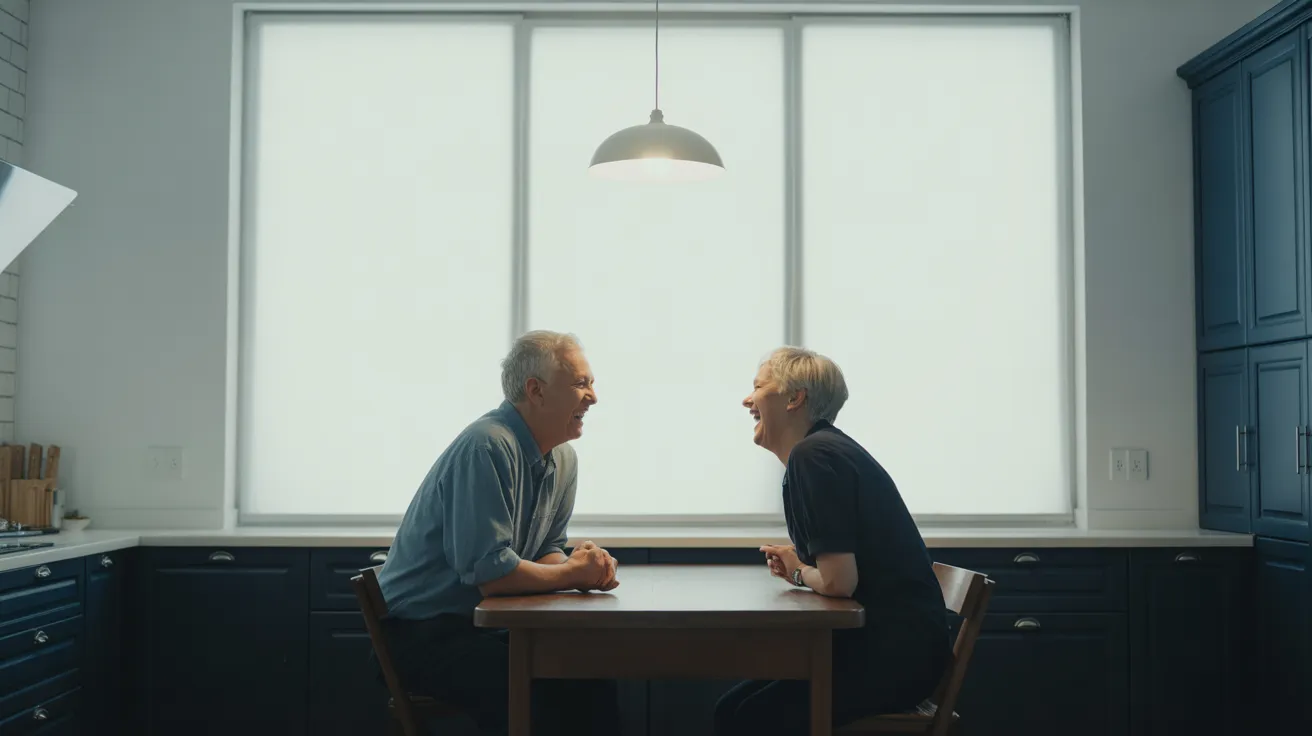
Trend #1: The Art of Layering—Creating Depth and Drama
The single most common mistake in residential lighting is relying on one central ceiling fixture to do all the heavy lifting. This approach, often called “flat lighting,” casts harsh shadows, creates glare, and leaves corners shrouded in darkness, making a room feel one-dimensional and uninviting. Designers, in contrast, think in layers. They weave together three distinct types of light to create a rich, dynamic, and functional environment that feels professionally curated.
The Three Essential Layers
1. Ambient Lighting: This is the foundation, the general illumination that allows you to navigate a space safely. It’s the soft, overall glow that replaces natural daylight. Think recessed downlights, a central chandelier on a dimmer, or cove lighting that washes the ceiling with a gentle radiance. The goal of ambient light is not to be the star, but to set the stage and provide a comfortable base level of brightness.
2. Task Lighting: As the name suggests, this layer is focused and functional. It’s the light you need to perform specific activities, such as reading, cooking, or working. Examples include a sleek floor lamp beside an armchair, under-cabinet LED strips in a kitchen, or a stylish desk lamp in a home office. Task lighting is targeted, preventing eye strain and defining functional zones within a larger room. When considering task lighting, think about modern lamps that are not only functional but also add a sculptural element to the space.
3. Accent Lighting: This is the “jewelry” of your lighting scheme. Accent lighting is all about creating drama and drawing attention to the features you want to highlight—a piece of art, a textured wall, an architectural detail, or a beautiful houseplant. It creates focal points and visual interest. Picture-perfect examples include track lights aimed at a painting, an uplight placed behind a large fiddle-leaf fig, or directional spotlights grazing a stone fireplace. This layer is what truly elevates a room, giving it a gallery-like quality and a sense of considered design. These are some of the best lighting hacks for adding instant sophistication.
How to Execute It
To implement this strategy, start by assessing each room’s function. In a living room, you’ll need all three layers: a chandelier or recessed lights for ambient, a floor lamp by the sofa for task, and a spotlight on the bookshelf for accent. In a kitchen, you’ll have overheads (ambient), under-cabinet lights (task), and perhaps pendant lights over the island (a hybrid of task and accent). By ensuring each layer is controlled independently, ideally with dimmers, you gain complete control over the room’s mood, transitioning seamlessly from a bright, functional space to a soft, intimate setting.
